Peers around the world: adapting and evolving to stay on top at Connect MPID
/Dan_Johnson.png)
In our latest “peers around the world” interview, we sit down with Dan Johnson from Connect MPID (Australia), to discuss how emerging technologies are reshaping the future of innovation districts, highlighting the need to balance tech advancements with evolving work patterns, creating vibrant spaces for collaboration, and the importance of aligning sustainability goals with innovation to continue attracting top talent and investments.
Dan, with your extensive background in tech transfer and innovation, how do you see emerging technologies like AI and biotech specifically shaping the future of innovation districts? Are there any trends within these fields that you think will significantly impact Connect MPID?
To remain viable over the long term, industries must continuously adapt and innovate. For example, 18th-century powerhouses like railways or mining operations would have failed if they didn’t evolve with the times. I would not consider biotech to be emerging as it is well established, but technologies like AI, especially generative AI, are crucial for businesses to embrace to stay competitive.
In particular, generative AI is a transformative technology that businesses must have a strategy around dealing or embracing within their businesses. For Connect MPID, which houses numerous businesses at the forefront of AI, this means integrating AI not just as a tool but as a core element of their strategy to remain competitive. Companies must innovate and collaborate to advance the innovation district. Some are offering AI services, and many others are users of it, and they all need to embrace it in a way that's going to ensure the success of their own institution.
Additionally, the evolution of work patterns—such as the rise of remote work and productivity —affects how innovation districts function. The challenge is to maintain vibrancy and appeal in workspaces even when many people work from home. Innovation districts need to create environments that attract people to work on-site by offering compelling reasons to be there, rather than simply as a requirement. Companies within these districts must not only adopt new technologies but also adapt to changing work patterns, such as remote work, to remain vibrant and attractive.
The goal for innovation districts such as Connect MPID is to create a dynamic environment that encourages people to work, live, and engage there, rather than seeing it as just a place to work. This means balancing technological advancements with shifts in social behaviours to build a compelling and future-ready workspace.
Your transition from the Australian Wine Research Institute to Macquarie University is unique. Besides maybe developing a refined palate for wine, how have insights from the wine industry influenced your current strategies for fostering innovation and research at Connect MPID?
My time at the Australian Wine Research Institute (AWRI) was a rewarding part of my career, involving sophisticated research tailored to the wine industry. At the AWRI, I managed research for a diverse group of stakeholders, including grape growers and winemakers with varied needs.
One key lesson from that experience is the importance of understanding and addressing the diverse needs of stakeholders. The research programs had to be designed with input from these stakeholders, working backwards from their needs to ensure the outcomes were practical and valuable for their businesses. This approach involved balancing fundamental research with practical applications that stakeholders could use to make or save money their operations.
At Connect MPID, the focus is on deeply understanding the needs of our diverse partners. This involves listening carefully to their demands and working backwards from these needs to shape research and innovation strategies. While fundamental research is essential, ensuring that it is accompanied by programs that drive alignment with market opportunities and practical applications is key to making it valuable and actionable for our stakeholders.
Overall, the ability to balance cutting-edge research with practical, market-driven solutions continues to guide our approach to fostering innovation at Connect MPID.
Innovation districts are increasingly focusing on sustainability. How is Macquarie University incorporating green practices into Connect MPID, and what global sustainability trends do you see influencing these efforts?
Innovation districts, including Connect MPID, are increasingly focused on sustainability, with a strong emphasis on environmental concerns. In Australia, there is a significant push towards achieving net zero emissions, and this commitment extends to the companies and institutions within Connect MPID.
Connect MPID and Macquarie University are co-located on a 6.8 square kilometre site known for its natural beauty, often referred to as the "lungs of Sydney" due to its extensive green spaces and well-maintained landscapes. This area is promoted as the greenest CBD in Australia, integrating the built environment with the natural surroundings while minimizing emissions. The district supports a large population, around 60,000-70,000 employees, 45,000 students, and 2,000 researchers – that is a large amount of people coming to the one site at any given week – by providing sustainable transportation options, including new metro stations and a bus interchange.
Both the university and the companies within Connect MPID align with global sustainability trends and the United Nations Sustainability Development Goals. Macquarie University, for example, uses sustainability-linked bonds for financing, with the interest rate influenced by achieving specific environmental criteria such as water quality and biodiversity. This approach demonstrates a commitment to leading in environmental stewardship and integrating sustainability into all aspects of operations.
What are the most significant practical challenges Connect MPID faces in maintaining its position as a leading innovation district? What specific strategies do you plan to implement to address these challenges and continue attracting top talent and investment from both local and global players?
Connect MPID and Macquarie Park, Australia's first innovation district established in the 1960s, was set up by forward-thinking leaders in New South Wales who recognised the potential of transforming farmland into a hub for research and education.
Today, it stands as a mature and globally recognized innovation district, with hundreds of companies, 60,000-70,000 employees, and significant economic impact, including $13 billion in GDP and $700 million in annual R&D spending. It also leads Australia in intellectual property registrations per postcode.
The main challenge now is not about building an innovation district but about maintaining it and getting the broader ecosystem to interact with it in the best possible way. However, it faces challenges to retain its focus due to being in a big city with a housing shortage and high cost of living, with development for residential purposes currently being prioritised over developments for commercial or innovation application.
Connect MPID is undergoing significant changes with Stage 2 rezoning, including new residences, commercial spaces, and improved connectivity. How do you see these developments impacting the innovation ecosystem and the economic landscape of Macquarie Park over the next decade?
The main challenge facing Connect MPID is balancing the need for increased residential density with preserving its core functions as an innovation hub. Historically, Connect MPID has been a workspace and research centre, drawing people from outside the area. As there is a push for more residential development in the area, the concern is that too much emphasis on residential density could undermine the district's success by displacing commercial and innovative operations.
The key will be to preserve the unique ecosystem that supports innovation while accommodating new developments. Ensuring that commercial and research activities remain robust amid residential expansion is crucial.
The introduction of new commercial spaces and improved connectivity can enhance Macquarie Park’s appeal to global players and foster further economic growth. With 10% of the world's top 100 companies already having offices there, these developments could attract additional investment and talent. Adding residential options may contribute to a more vibrant and sustainable community, supporting the broader state needs for housing while also providing a convenient living environment for employees and researchers. The key will be to find the right balance of residential and innovation developments.
Reflecting on your diverse career spanning research, development, and leadership in various sectors, what has been the most unexpected lesson you’ve learned? How has this lesson influenced your approach to innovation and leadership at Connect MPID?
It’s not easy to pinpoint one unexpected lesson out of so many! Perhaps one unexpected lesson from the journey of innovation and technology transfer is that translating and commercialising an idea is often more challenging and time-consuming than the initial development of the idea itself.
Early in my career, I believed that the hardest part was conceiving and proving the innovation, with the translation and commercialisation being relatively straightforward. However, experience has shown that the commercial and practical aspects of bringing an innovation to market, including customer discovery and understanding market needs, are much more demanding.
To ensure successful translation and impact, it's crucial to start with customer discovery. This involves understanding the market and customer needs from the beginning and using this insight to guide research and development. Treating the process as an ongoing interaction – similar to a football game where ideas are continuously passed and refined rather than a linear relay race – increases the chances of success. For Connect MPID, this means engaging with various stakeholders, understanding their needs, and aligning research and innovation efforts to create a cohesive and impactful ecosystem.

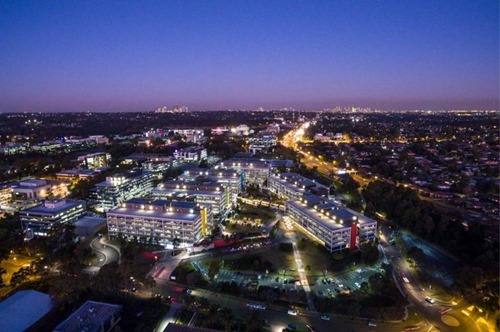


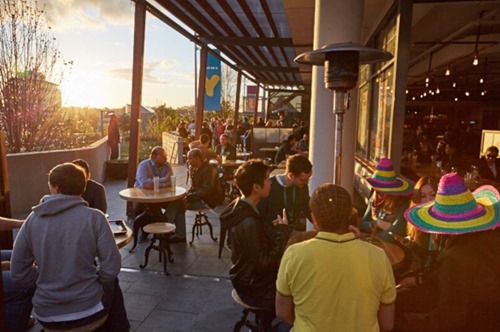
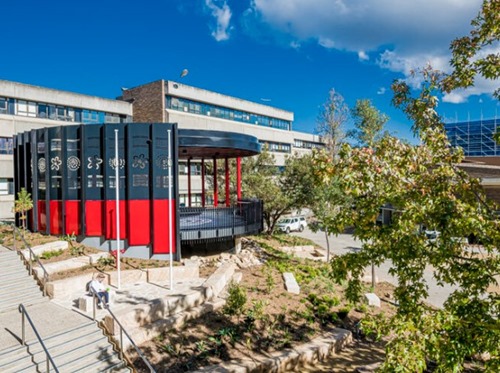
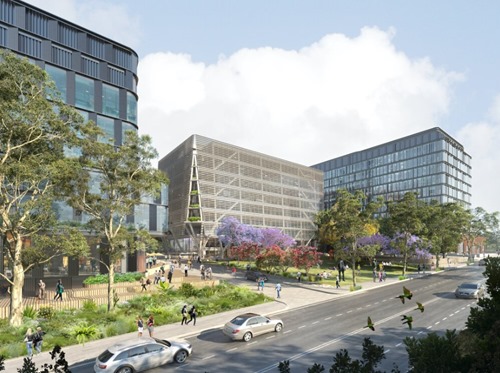
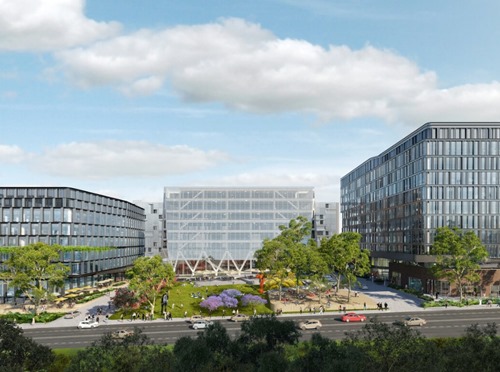
/)

/canvascolor(0xffffffff)/2017_10_24_Morocco_Technopark_Morocco.JPG)
/canvascolor(0xffffffff)/Captura_de_tela_2025-03-06_122825.png)
/canvascolor(0xffffffff)/2018_09_28_Sweden_Umea_SP_Uminova_Innovation_.png)
/canvascolor(0xffffffff)/2017_08_04_Eindhoven.png)
/canvascolor(0xffffffff)/UBT1_1.png)
/canvascolor(0xffffffff)/buildings2.png)
/canvascolor(0xffffffff)/logo_21.png)
/canvascolor(0xffffffff)/Andorra_RGB_RI-1_1.png)
/canvascolor(0xffffffff)/logotecnopole_alta_resolucion_1.jpg)
/canvascolor(0xffffffff)/MemberLogo-75801-6122.jpg)
/canvascolor(0xffffffff)/7327A5D0-CF94-4EA4-B148-474F3E2AA8AA_2.png)
/canvascolor(0xffffffff)/Lion_scienc_park_black_trans_3.png)
/canvascolor(0xffffffff)/logo-oscuro-parque-cientifico-ua.png.png)
/canvascolor(0xffffffff)/logo-eng_4.png)
/canvascolor(0xffffffff)/MemberLogo-59301-6100.jpg)
/canvascolor(0xffffffff)/Logo_biopark_200x200_3.jpg)
/canvascolor(0xffffffff)/nanoracks-logo-lockup-squared-black_1.png)
/canvascolor(0xffffffff)/gcid-logo_logo-colour_for_web_with_20__2.jpg)
/canvascolor(0xffffffff)/2023_01_20_David_Johnston_RTP.jpg)
/canvascolor(0xffffffff)/acronimo_nombre3l_6.jpg)
/canvascolor(0xffffffff)/2019_08_02_UAE_RTI_Park.png)
/canvascolor(0xffffffff)/2024_02_20_China_Leaguer_Lishui_Accelerator.jpg)
/canvascolor(0xffffffff)/KACSTLogo_1_3.png)
/canvascolor(0xffffffff)/2017_11_13_Spain_Tecnocampus_3.jpg)
/canvascolor(0xffffffff)/MemberLogo-75401-5958.jpg)
